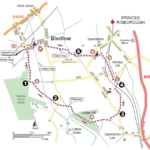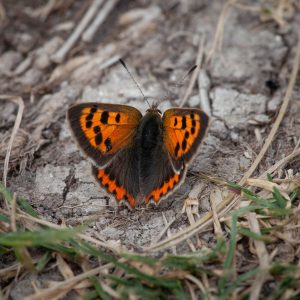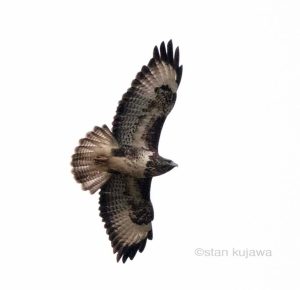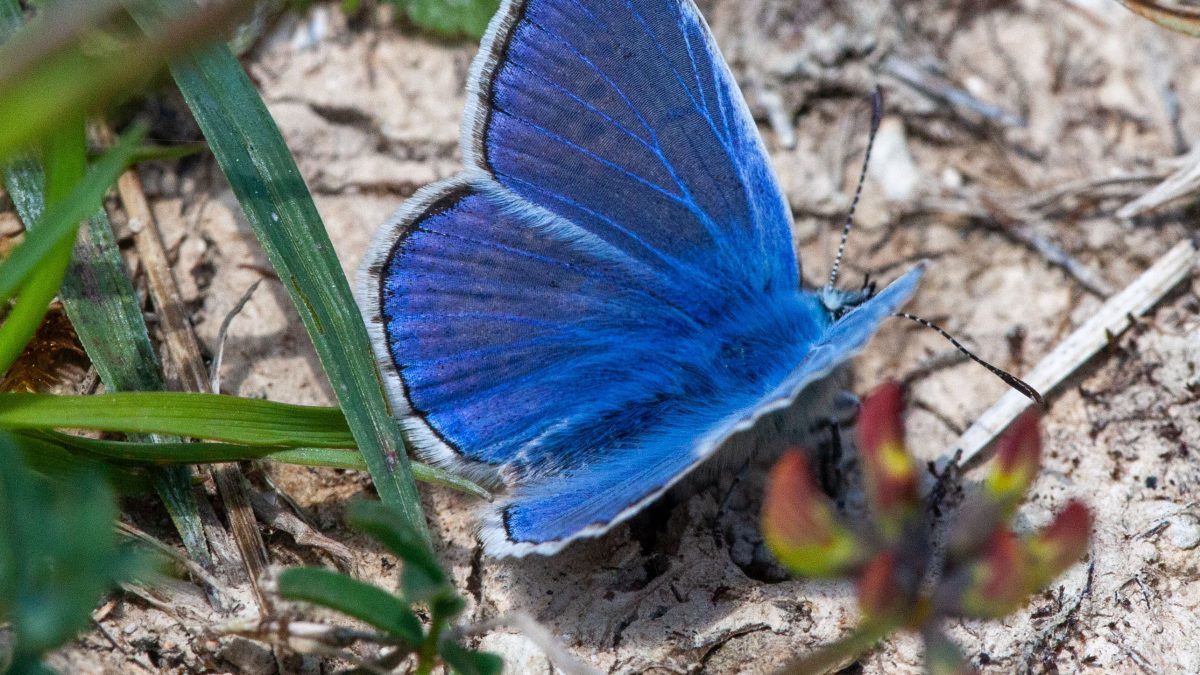
Bledlow Walk
April 30, 2024
Now That’s What I Call A Summer of Fun!
July 2, 2024The summer months really are the best time to get out onto the Chalk downland here at Aston Rowant National Nature Reserve. From June onwards, the chalk sward is in full bloom, with the grassland covered in an array of pink, yellow and white flowers.
Orchids can be found dotted amongst the other chalk grassland herbs, and the sward itself is alive with buzzing, clicking, and humming from an array of invertebrates, including an impressive assemblage of butterflies.
Chalk grassland is an incredibly diverse habitat, with up to 25 different flora species being recorded in 1meter quadrats. This is the same level of diversity you would expect to find in tropical rainforest habitats, resulting in lots of European Ecologists referring to chalk grasslands, as Europe’s own little rainforest. If you take a walk round site this summer, you will soon see why.
Multiple butterfly species will prove to be an easy spot over the summer – the Marbled white with its slow steady flight, the Small copper sunning itself on bare patches of chalk, and the unmistakable Adonis blue. This vivid blue butterfly can be spotted in sunken ways across the reserve, on the warm, south facing slopes.
One butterfly the reserve is particularly special for, is the Silver-spotter skipper. This is a rare species of skipper, restricted to chalk grassland sites across southern England. Keep any eye out for it darting low over short, tightly grazed areas of turf to bask on bare ground areas, particularly in August.
On the orchid front, look out for the dark pink triangle shaped flower heads of Pyramidal orchid, lots of flower spikes of Common spotted orchid will persist well into the summer across the reserve, and the odd-looking Frog orchid can be spotted amongst the chalk herbs with a careful eye.
Finally, whilst out on site, make sure to keep your eyes open for some of the fantastic birds of prey, which can often be seen flying over the chalk downland. As well as plenty of Red kites, Buzzards and gracefully Kestrels can be spotted hovering over the grassland, looking for their next meal.




